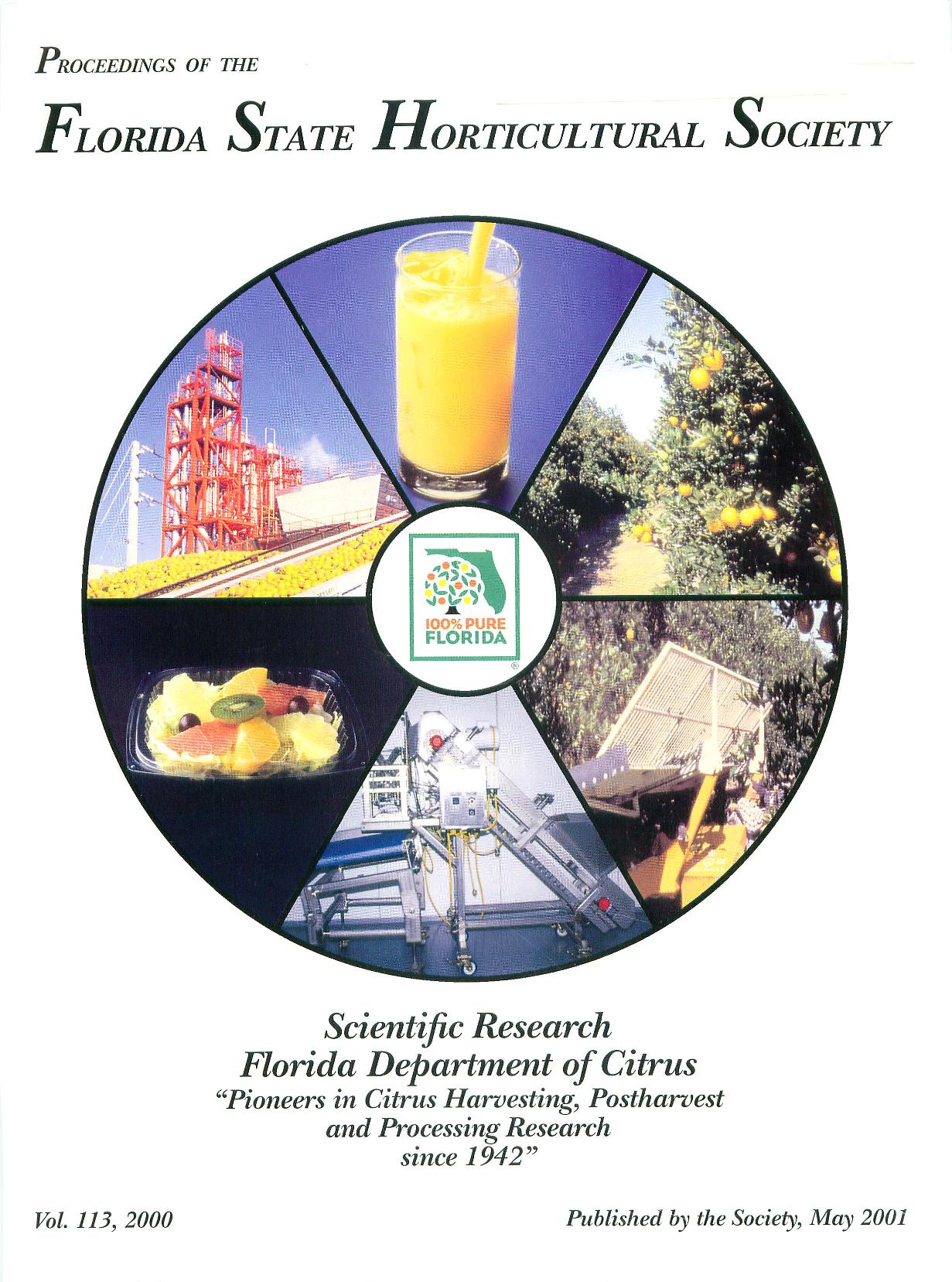Citrus
An economic assessment of the impact of the Citrus Tristeza Virus on The Florida grapefruit industry
Abstract
A disease confronts the Florida citrus industry: citrus tristeza virus. Although it is likely that tristeza has been present in the Florida peninsula for some time, the arrival of the brown citrus aphid (Toxoptera citricida) means that an efficient vector is now present to spread the disease through Florida. It is well known that grapefruit {Citrus paradisi) planted on sour orange rootstock (Citrus aurantium) is a vulnerable scion/rootstock to the tristeza virus.The incidence of the citrus tristeza virus has been on the rise, notably in some of the southern and western areas of the state, as well as parts of the Indian River region. A relatively large percentage of Florida grapefruit, as well as a smaller but significant percentage of sweet oranges (Citrus sinensis), is planted on sour orange rootstock. The strain of tristeza found in Florida is expected to kill infected trees on sour orange rootstock.
In this paper, estimates made by horticulturists on the pro portion of grapefruit planted on sour orange rootstock are used to make grapefruit production projections for the next 10 yrs, under the assumption that lost trees are replanted.1 The production estimates are then incorporated into a pricing model,2 and price forecasts are made for upcoming seasons. The pricing model accounts for domestic and export markets for fresh and processed grapefruit products.

